The Forest for the Trees: Why Monster Hunter Wilds’ Final Fantasy Event Falls Short on World-Building
Popular Now
 R.E.P.O
R.E.P.O
 Gacha Club
Gacha Club
 Candy Crush Saga
Candy Crush Saga
 League of Legends
League of Legends
 Fortnite
Fortnite
 PUBG Mobile
PUBG Mobile
 Rust
Rust
 Fall Guys
Fall Guys
 CarX Street
CarX Street
 NBA 2K24
NBA 2K24 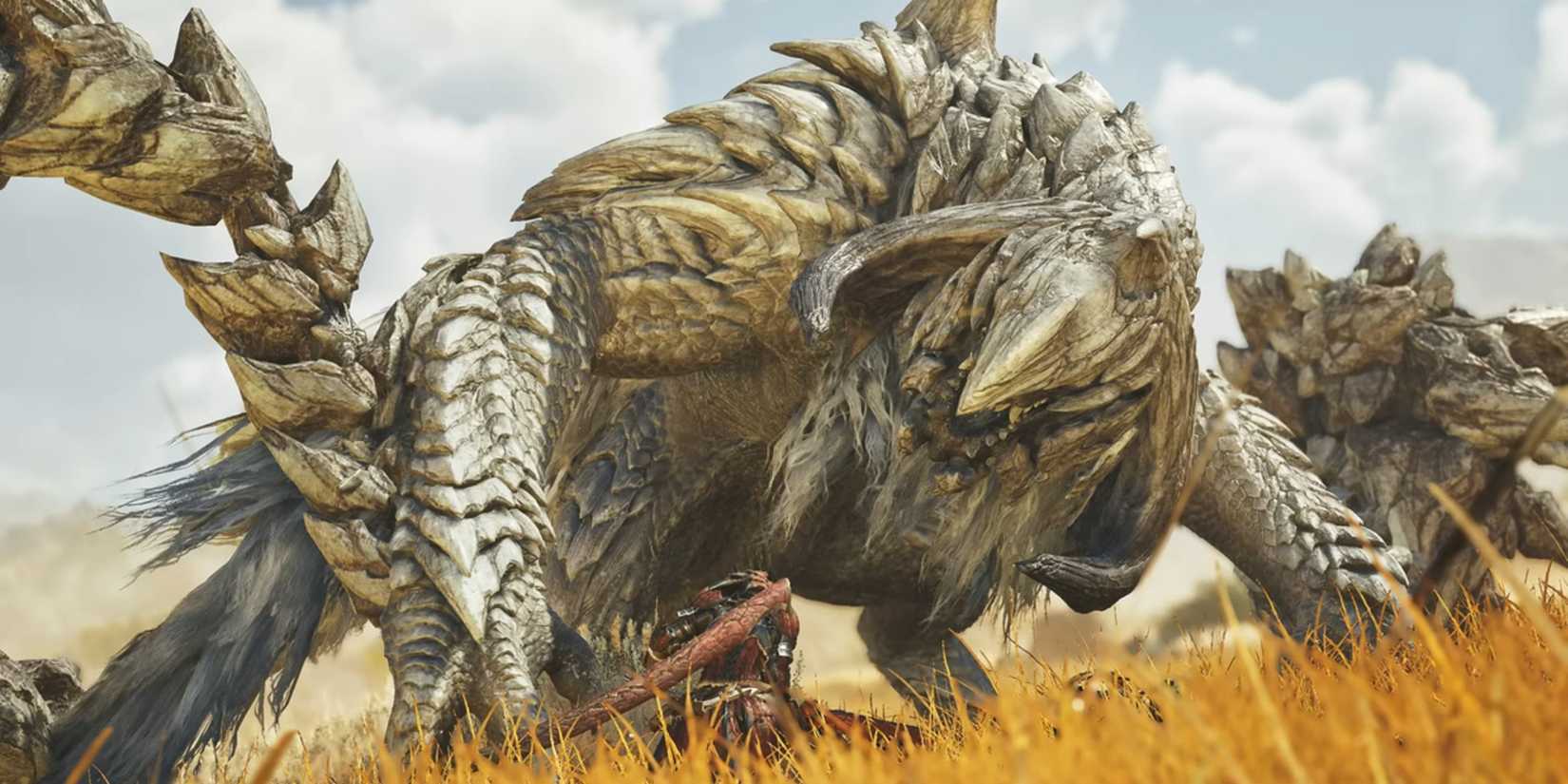 In the world of gaming, few collaborations are as highly anticipated as a crossover between Monster Hunter and Final Fantasy. The two franchises have a long history of successful events, with the Monster Hunter: World and Final Fantasy XIV collaboration, featuring the iconic Behemoth, being a standout. Recently, at Gamescom Opening Night Live 2025, Capcom and Square Enix announced the next major crossover: a new event for Monster Hunter Wilds. While the trailer showcased rideable Chocobos and the arrival of Omega, a formidable mechanical boss from Final Fantasy V and XIV, some longtime fans are expressing a sense of disappointment. The feeling is that while the collaboration is visually impressive, it “misses the forest for the trees,” opting for a safe, familiar monster instead of one that could have introduced deeper lore and a more cohesive narrative.
In the world of gaming, few collaborations are as highly anticipated as a crossover between Monster Hunter and Final Fantasy. The two franchises have a long history of successful events, with the Monster Hunter: World and Final Fantasy XIV collaboration, featuring the iconic Behemoth, being a standout. Recently, at Gamescom Opening Night Live 2025, Capcom and Square Enix announced the next major crossover: a new event for Monster Hunter Wilds. While the trailer showcased rideable Chocobos and the arrival of Omega, a formidable mechanical boss from Final Fantasy V and XIV, some longtime fans are expressing a sense of disappointment. The feeling is that while the collaboration is visually impressive, it “misses the forest for the trees,” opting for a safe, familiar monster instead of one that could have introduced deeper lore and a more cohesive narrative.
The core of the criticism is simple: Omega, while an iconic superboss, is a machine. Its introduction into the organic, living world of Monster Hunter Wilds feels like a generic “alien invasion” plot rather than an ecological event. Given the rich, intricate world-building of both franchises, the choice of Omega feels like a surface-level, fan-service decision that overlooks the potential for a more meaningful, immersive event. A more compelling choice, many argue, would have been a monster that is both fearsome and fits within the established ecological rules of the Monster Hunter universe. Instead, we are presented with a literal “Omega-level threat” that, while a reference, doesn’t seem to integrate into the world’s narrative.
 The Case Against Omega: A Mechanical Threat in a Living World
The Case Against Omega: A Mechanical Threat in a Living World
The announcement that Monster Hunter Wilds will be getting a free title update in late September 2025 featuring the Omega monster, a Chocobo mount, and Cactuar endemic life is a strong one on paper. But for many, it fails to live up to the promise of what a truly great crossover could be. The heart of the Monster Hunter series lies in its detailed ecology, where every creature, from the smallest bug to the largest Elder Dragon, has a place in the ecosystem. This is a core design philosophy that has been a point of pride for developers like Kaname Fujioka and Yuya Tokuda in previous interviews about the game.
The introduction of a purely mechanical, and potentially extra-dimensional, being like Omega directly contradicts this design philosophy. Unlike the Behemoth, which felt like a creature that could have naturally existed in the Monster Hunter: World setting, Omega is a starkly different entity. Its purpose is not survival or dominance in a food chain; it’s a cold, calculating machine designed to hunt and destroy. This clash of themes creates a narrative dissonance that, while a minor issue for some, is a major point of contention for those who value the series’ immersive world-building.
The event also introduces a reciprocal crossover in Final Fantasy XIV where players will hunt Monster Hunter Wilds‘ flagship monster, Arkveld. This is a much more natural fit. Arkveld is a living, breathing creature whose struggle against a “new” environment—in this case, the world of Eorzea—is a compelling narrative hook. This is why the Final Fantasy XIV side of the crossover is being praised for its narrative and ecological cohesion, while the Monster Hunter Wilds side is being met with a more lukewarm reception. It seems that Square Enix, in this instance, understood the core appeal of the Monster Hunter world better than Capcom’s own team did for this specific crossover.
 What Could Have Been: The “What If” Scenarios
What Could Have Been: The “What If” Scenarios
The community is now filled with discussions about what monster would have been a better fit. A common suggestion is a creature that could be classified as an Elder Dragon, a monster with such immense power that it transcends the natural order. A monster like Bahamut, the legendary King of Dragons, would have fit this mold perfectly. Its immense size, destructive power, and a long history of lore would have made for a truly epic battle that felt earned within the Monster Hunter universe. Another popular theory was the inclusion of a more primal, organic entity like Ifrit or Shiva. A monster that could have created its own ecosystem around it, a true elemental force that would challenge hunters on a fundamental level.
By choosing Omega, Capcom has opted for a safe, crowd-pleasing choice that is easily recognizable but lacks the depth that could have elevated this collaboration from a simple event to a truly memorable moment in gaming history. While the inclusion of a rideable Chocobo is a fun and exciting addition, it doesn’t make up for a missed opportunity to create a more compelling narrative.
In the end, while many players will undoubtedly enjoy the event for its challenging hunt and cool cosmetic rewards, the decision to go with Omega is a clear signal that Capcom is prioritizing instant gratification over long-term narrative immersion. The hope for the future is that subsequent collaborations will learn from this and choose monsters that don’t just feel like a cool boss to fight, but like a genuine part of the world, a “Behemoth” in its own right, that adds to the rich tapestry of the Monster Hunter universe.



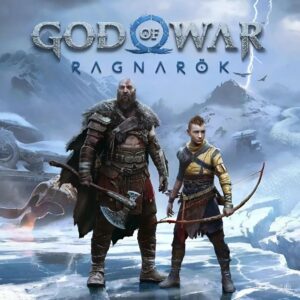
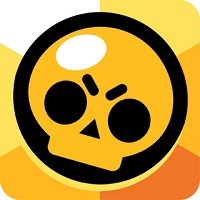
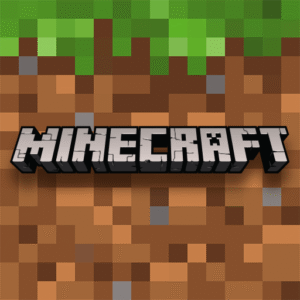
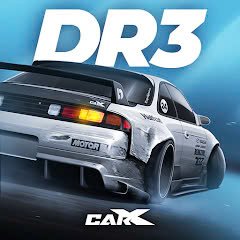


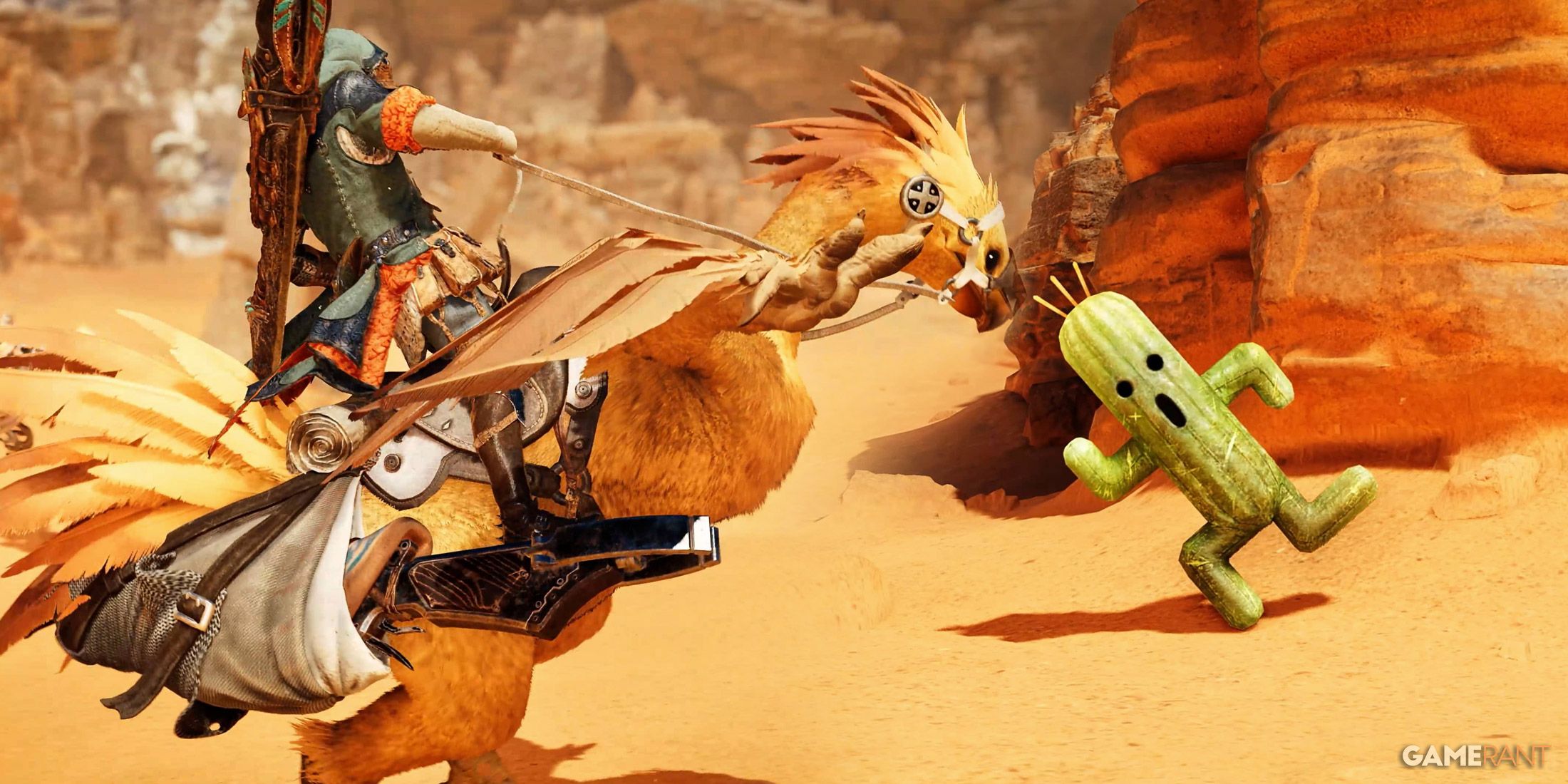 The Case Against Omega: A Mechanical Threat in a Living World
The Case Against Omega: A Mechanical Threat in a Living World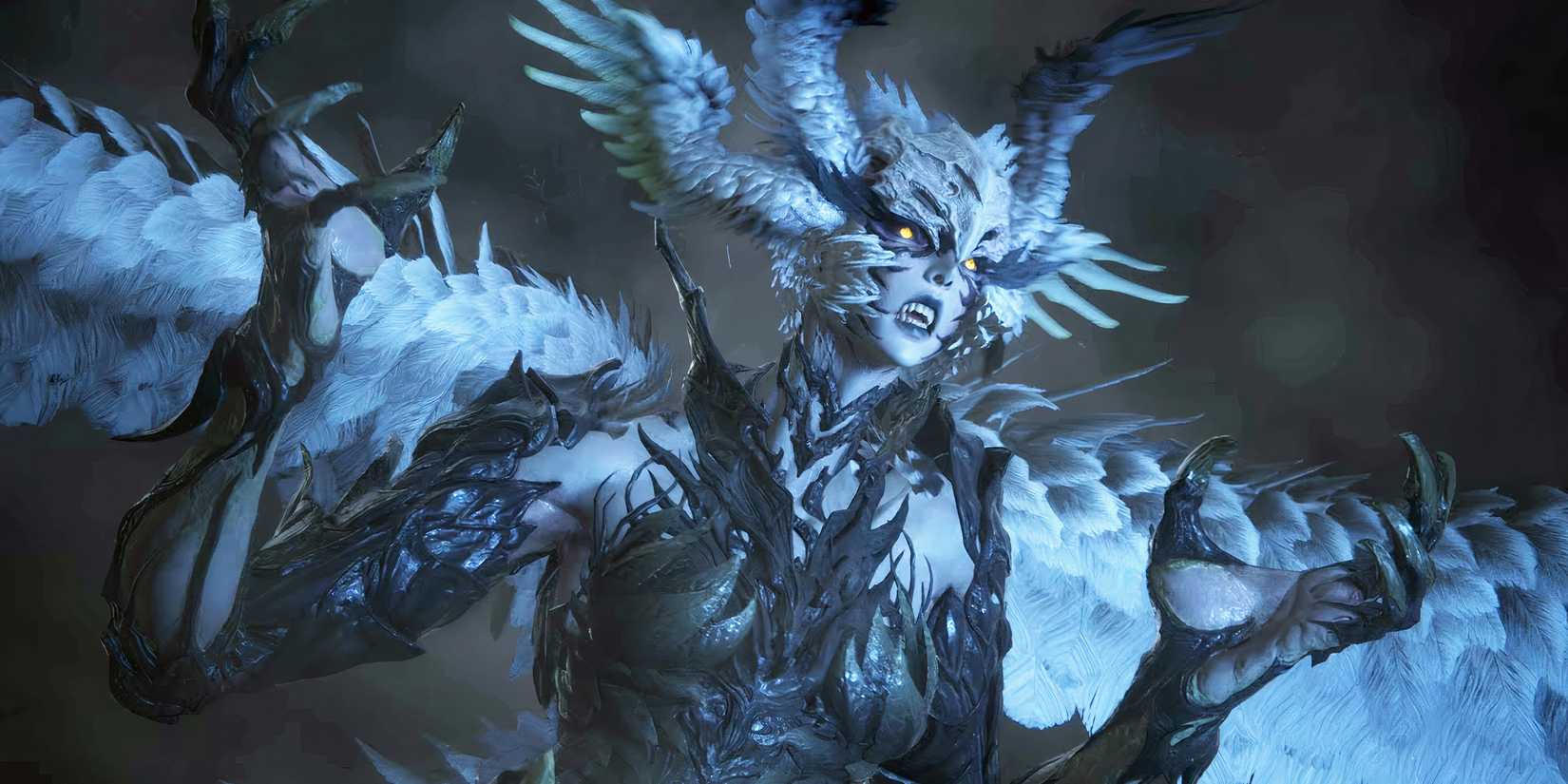 What Could Have Been: The “What If” Scenarios
What Could Have Been: The “What If” Scenarios